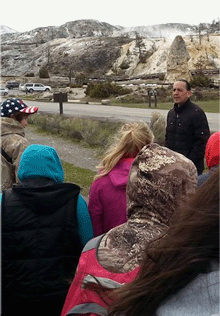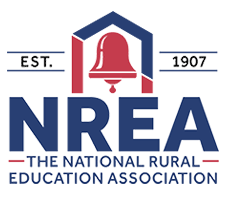As the official journal of the National Rural Education Association, The Rural Educator serves as a forum for the exchange of ideas among the rural education community. The journal aims to provide a greater understanding of the strengths and needs of rural education and to provide rural educators with resources that support their work.
See the About Page for complete coverage of the journal.
Contact the editors
Be a Reviewer
The Rural Educator relies on reviewers to provide editors with guidance and authors with feedback.
Use this form to indicate your interest in reviewing for the journal and areas of expertise.
Follow the journal on social media
Current Issue: Volume 46, Number 4 (2025)
From the Editors
Research Articles
Exploring an Asset-Based Framework for the Ethics of Care in Rural Communities
Phillip D. Grant, J. Kessa Roberts, and Jamon H. Flowers
Designing Research with Care: A Critical Race Nepantlera Methodological Approach to Rural Latinx College Access
Mayra Puente, Lupita Romo-González, Marlene López Torres, and Melissa Romero
Rural School Redesign: Enacting Care and Mutuality Through Responsive Professional Development
Catharine Biddle
Beyond Community to Collective Care: Reimagining Inclusion for Rural Students with Disabilities
Y. Radeen Yang, Katie M. McCabe, Sarah Bubash, and Carlyn Mueller
Promising Practice Articles
Recovery as Relational Care: Integrating Policy, Education, and Community Resilience in Rural Appalachia
Jon Dance and Josh Thompson
Creating a Culture of Safety: A Rural School’s Story
Melissa Rivers and Katie Ralston
Policy Brief
American Period Poverty: Highlighting Inequity at Home
Julia E. Lever and Phillip D. Grant




